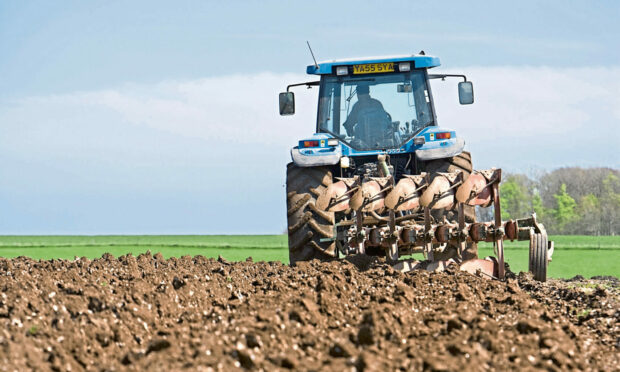The European Commission is making progress with its plan to publish a document on the key drivers for long-term food security.
But now the document is being debated more widely in commission directorates and the European Parliament it is in danger of losing its focus.
A key issue emerging is whether this is a long-term problem or just a reaction to the instability created by the war in Ukraine and sanctions on Russia.
The commission plan, despite attempts to link the debate to green and social policies, is to maintain focus on four key questions for its final report.
These are affordability, utilisation – covering healthy diets and food waste – availability in terms of sufficient production in Europe and long-term stability with supply meeting demand.
Farm ministers will discuss this at their monthly farm council, but with no concrete plan or road map to follow discussions that keep going at tangents, which makes finalising conclusions difficult.
The commission has won agreement from member states to extend the licence for glyphosate for a year.
This was due to expire next month, but Brussels has called for more time to assess information on the product’s safety being compiled by the European Food Safety Authority (EFSA).
While this was a victory for commonsense, it came via member states agreeing the plan without expressing views one way or the other on the future of the herbicide.
This has become tied up with a wider debate on regulations for the sustainable use of pesticides in the EU. There is pressure for a ban on the use of chemical pesticides by the 2030s, provided alternatives are available.
Worries over pesticide use and food security
However while this has some political support, many member states are concerned about the impact it would have on the competitive position of European agriculture and food security.
However, green arguments are increasingly hard to resist and these will influence the final decision on glyphosate this time next year.
The European statistical agency, Eurostat, has published figures showing that EU agricultural output rose by 8% in 2021.
This was on the back of higher prices for most commodities, with yields and crop area little changed.
The total value of farm output was £390 billion, confirming the EU’s role as a global agricultural superpower.
Three-quarters of the output came from seven member states – France, Italy, Germany, Spain, the Netherlands and Poland.
💰🚜In 2021, agricultural output in the EU was valued at €449.5 billion in basic prices, an increase of 8% compared with 2020.
Highest increases in:
🇧🇬Bulgaria (+37%)
🇷🇴Romania (+25%)
🇨🇿Czechia (+16%)Decreases in:
🇩🇰Denmark (-2%)
🇸🇮Slovenia (-4%)
👉https://t.co/4QCrm0nUg2 pic.twitter.com/7Gu5ukP3sm— EU_Eurostat (@EU_Eurostat) November 11, 2022
The biggest increase in revenues from agriculture in 2021 was in Spain, followed by France.
Back then input costs rose by 10% – a dream figure compared to what has happened this year.
Meanwhile, the European Commission has agreed its budget for 2023, with £47 billion going to the CAP.
This is no longer the biggest spending area, with economic recovery and investment for economic growth now marginally higher.

Conversation